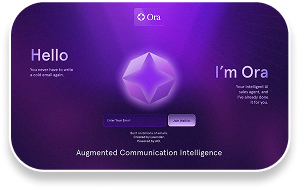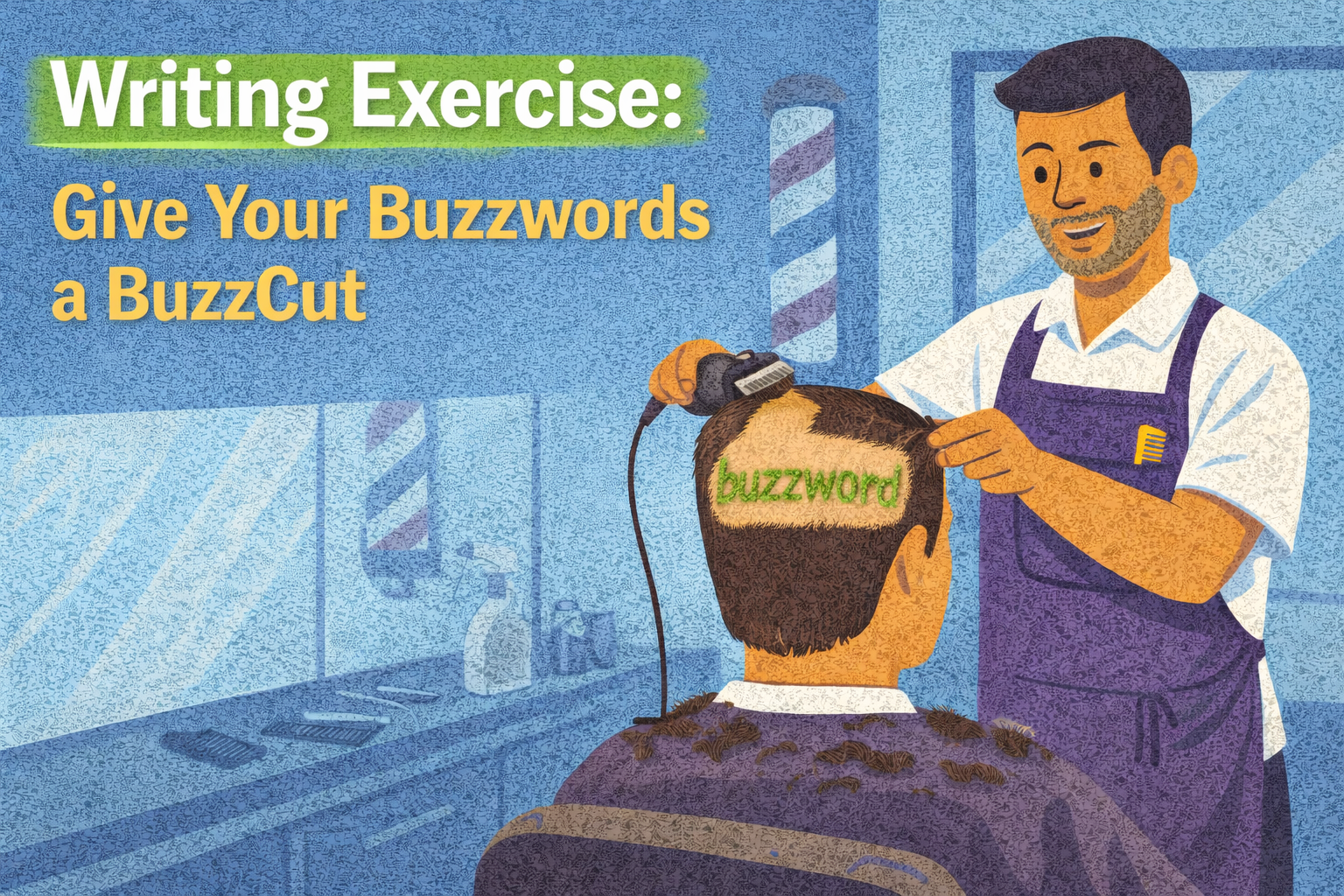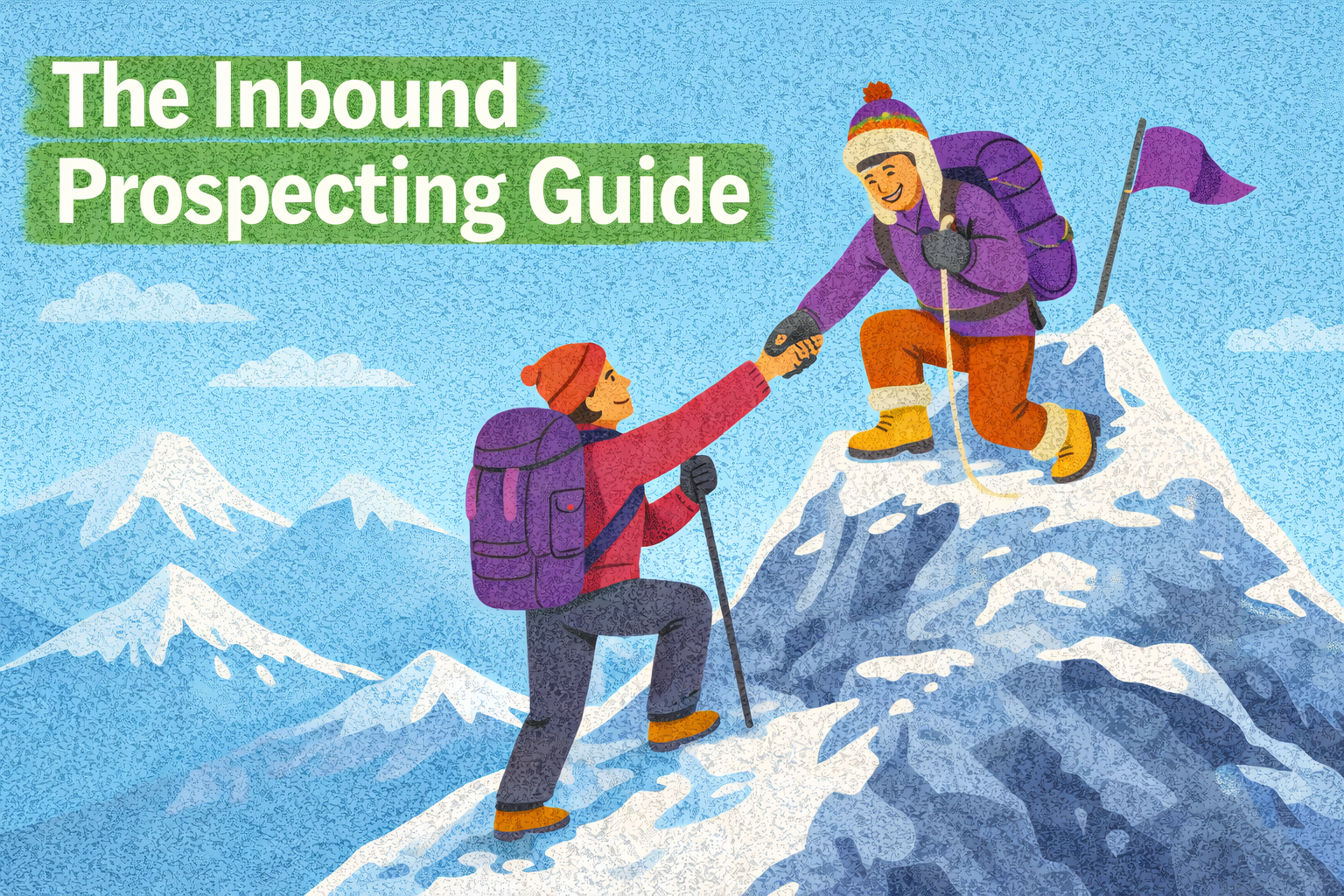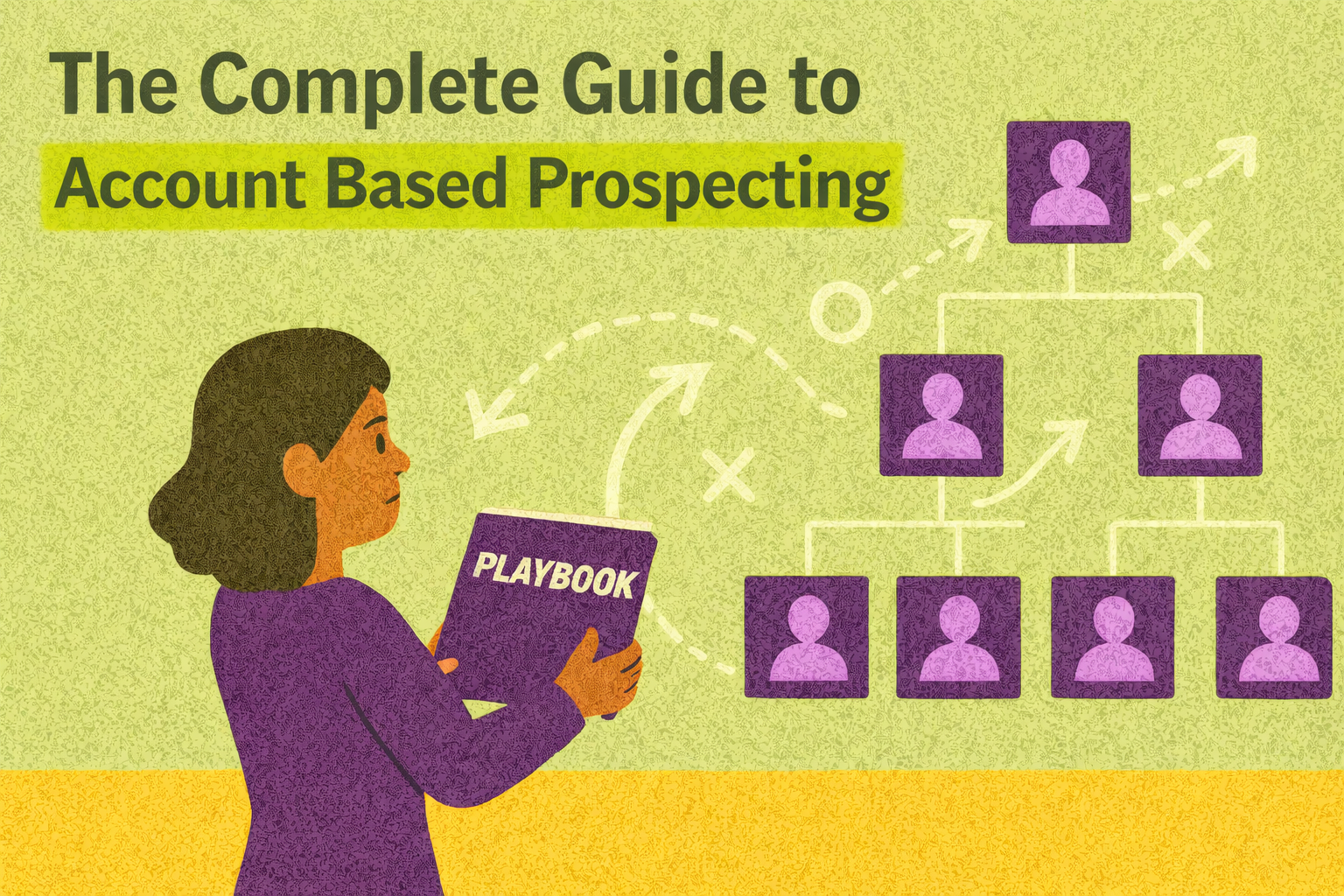A Personalization Framework For When You Have No Info
It happens often—you begin your research process only to find nothing about your prospect online. Here's a simple framework you can take and use in these moments.

What do you do when you begin your research process only to find no info about your prospect?

First, you breathe.
Then, remember this framework:
How to Personalize Cold Emails with a Simple Framework
Before you feel disheartened, this happens all the time. And this framework … works.
Remember, you have some data to work with. If you segment your audience, you have data you can use to personalize. This is the segmentation that initially led you to this recipient. We call these soft variables:
- Company size
- Company’s growth stage
- Recipient’s career stage
- What the company does
- Who the company sells to
- How the company goes to market
- What technology they use
- The types of customers they have
- Where they live
Even without deep personalization, your segmentation provides a guide for effective outreach.
Here’s how.
Step one: Begin with your initial data
Work with what you have. Start with those soft variables.
In practice, this looks like, “When I talk to sales leaders at growing software companies,” or “When I’m talking to sales leaders working toward their Series B ….”
These examples show your reader you understand their position and can relate to their challenges. This helps build familiarity and rapport.
This tactic can easily apply to any industry, company, or prospect role.
Step two: Present related problems
Bring up problems you tend to see within your prospect’s industry. Or present challenges companies tend to have in similar stages of growth. Lean on your understanding of the problem to “show them you know them,” to quote Sam McKenna.
Phrases like “They tend to be dealing with…” or “They tend to be struggling with” will go far.
Pro tip: Use tentative tones. You want to put yourself in your reader’s shoes and think about their problem. But remember, they think about their problem all the time. Leaving room to be wrong can invite more response and the softer tones keep readers engaged.
Don’t be overly assumptive or overly confident. It’s off-putting to your reader. Our data shows unsure tones see 35% more replies. Use words like “I could be wrong,” “looks like,” “I suspect,” or “are starting to.”

Step three: Focus on two problem statements
This part is critical because you’re establishing credibility. Present two problem statements using broader issues to resonate better with your reader. (However: If you’re presenting a narrow use case, one may suffice.)
Examples: "They're struggling to see what's driving email performance," or "Reply rates have gone down, and results seem stagnant."
Step four: Continue to build credibility
If you’re not using deep personalization to establish credibility, you can build it by connecting the dots for your reader. Connect the problems you’ve just presented with how you’ve helped other customers in similar situations.
Example: “We helped Sendoso solve [this specific problem].”
Next, explicitly share how you helped solve those problems for your customers.
Examples: “We gave Sendoso’s team clarity on what worked across the team’s inboxes. We 4x’d their reply rate.”
Pro tip: Keep it concise and simplify the details.
The next and final step brings it all together:
Step five: Ask if those problems are a challenge
Ask your reader if the problems you shared are ones they struggle with. (Remember to be unsure!)
You could say, “Is this a challenge for you right now?”
Or
“Realize I may be off, but is this a priority?”
This tentative ask is an excellent way to end your email. It invites the reader to respond and engage with you. It leans on being unsure yet inquisitive, a great combination for an effective call-to-conversation (CTC).

Bookmark this framework so it’s handy the next time you encounter a prospect who has gone dark. See how it works for you, and let us know how it goes!
If you’re still building a personalization process, we can help you there too. Lavender analyzes millions of emails monthly to identify new ways to optimize your personalization strategies. Plus, it’s free to try.
More of a video person? Here's a fantastic three-minute walkthrough of this framework from COO and co-founder Will Allred.







